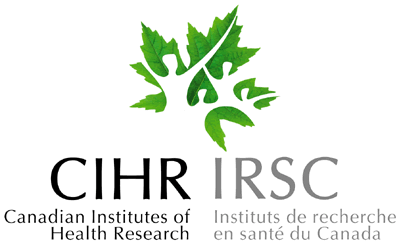top of page
TAKEHARA LAB
On a moment-to-moment basis, our brains are exposed to a medley of events. Although most events are incidental, some are related with one another and predict positive or negative events that only become apparent at a later time point. The ability to identify these valuable event relationships without constantly learning irrelevant ones is vital for survival and mental health. We are interested in how regions in the cortex capture, stabilize and utilize relevant event relationships encountered during daily experiences. By combining multi-electrode recording, optogenetic, and chemogenetic approaches with an established associative learning paradigm in rodents, we address this question with three directions.
Our research is supported by

nserc-logo.jpg

AlzCanada

cihr_logo_big_e.gif

CFI.logo1.colRGB.jpg

orf.png

alzheimers-association-logo1-150x83.gif

utoronto-logo.jpg
bottom of page
